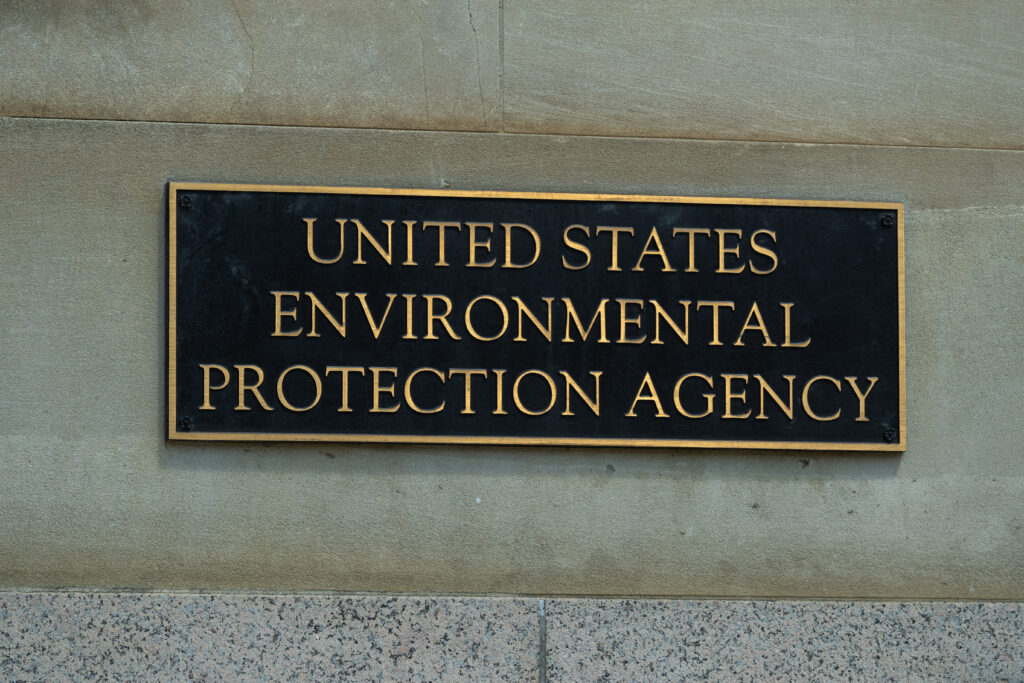Overview
The Environmental Protection Agency (EPA) on February 7, 2024, released its Final Rule lowering the air quality standard for fine particulate matter. This standard was lowered from the current level of 12 micrograms per cubic meter to 9.

Background
Some fine particulate is emitted directly, such as from fuel combustion by vehicles or power plants, or from certain industrial and agricultural activity. However, a significant amount of fine particulate is also created when gasses emitted by such or other sources react in the atmosphere. This is further complicated by significant sources outside familiar regulatory targets, particularly forest fires, as well as contributions from wind erosion of soils and minerals and international transport. Under the Clean Air Act, the EPA is required to periodically review all air quality standards and revise them as necessary. The goal of these revisions are to protect public health and welfare, based on available scientific evidence and technical information.
Implementation
The Final Rule will take effect 60 days after notice of the Final Rule is published in the Federal Register. To implement the new air quality standards, each state must first develop recommended designations of areas as attainable or unattainable with respect to the new standard. According to the anticipated timeline, states would have until February 7, 2025 to submit these recommended designations to the EPA. Following EPA review, public comment, and any necessary revisions, designations would be finalized in February 2026. Based on 2016-2020 air quality data, the EPA projects more than 99% of counties will attain this tightened annual standard by 2032.
Potential Impacts
The new standard, once effective, will have an immediate impact on certain pending permit applications for areas currently designated as attainable under the old standard. In such areas, Prevention of Significant Deterioration (PSD) permitting for construction of a new major stationary source will apply. Likewise, major modifications of existing stationary sources (as defined in EPA and state PSD regulations) under those standards will continue to apply. Once the Final Rule takes effect, pending and future PSD permit applicants for old standard sources must incorporate the new standard into their analyses. More specifically, applicants will need to demonstrate that their source will not cause or contribute to an excess of the new standard and all prior standards.




